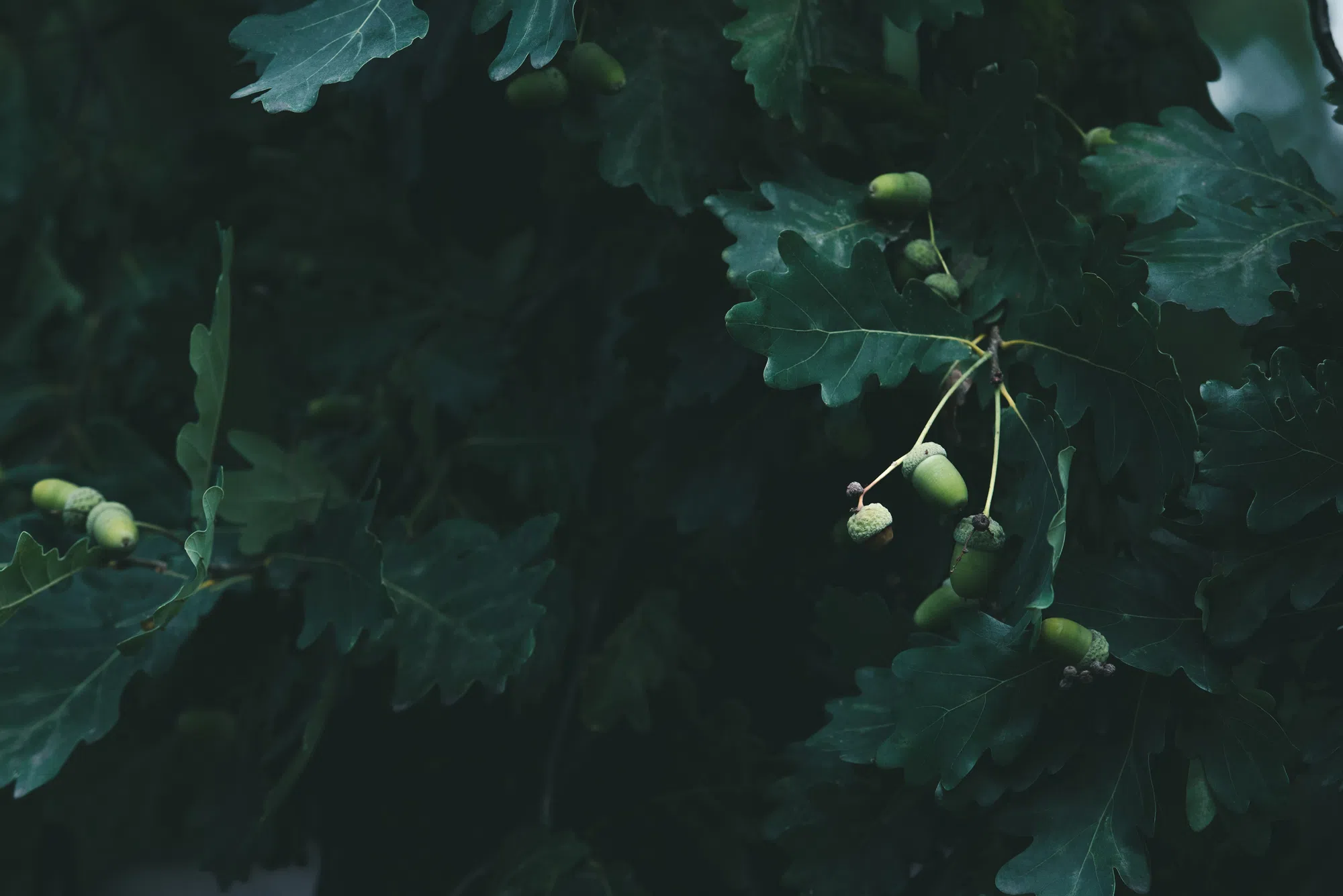
AndrewLozovyi / Depositphotos.com
Ontario residents are advised not to prune oak trees from now until November to prevent the spread of oak wilt, a dangerous fungal disease. Pruning during this period leaves oak trees vulnerable to infection, as the disease is transmitted by sap beetles attracted to fresh wounds.
Oak wilt disrupts the flow of water and nutrients, leading to premature leaf drop and eventual defoliation. While all oak species can be affected, red oaks are particularly susceptible and can die within 2-6 weeks of infection.
Oak wilt, first detected in Canada in 2023 in Niagara Falls, has also spread to other parts of Ontario, including Niagara-on-the-Lake and Springwater. It has been confirmed in 24 U.S. states near the Canadian border.
Colin Cassin, Executive Director at the Invasive Species Centre, stresses the importance of avoiding oak tree pruning until November when sap beetles are less active. If pruning is absolutely necessary during the no-pruning season, immediately seal wounds with wound paint or shellac to minimize the risk of infection.
In addition to avoiding pruning during the high-risk period, people can protect oak trees by not transporting firewood, and by monitoring the health of oak trees. Canadians are encouraged to report any suspected signs of oak wilt to the Canadian Food Inspection Agency
What to look for:
– Wilting and bronzing of oak leaves, starting from the top of the tree and moving down
– Discolouration of the leaves, beginning at the leaf edges and progressing to the midrib
– Premature leaf fall
– White, grey, or black fungal mats, also referred to as “pressure pads”, just under the bark that sometimes emit a fruity smell
– Vertical bark cracks in the trunk and large branches from the fungal spore mat exerting outward pressure on the bark